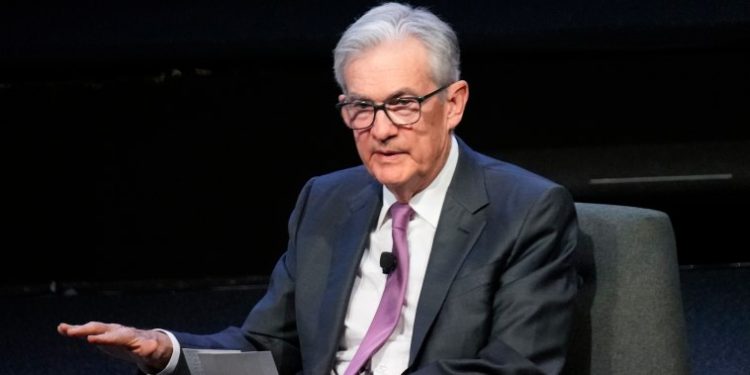“Federal Reserve Leaves Interest Rates Unchanged…For Now!
The Federal Reserve recently announced that it will keep interest rates at their current level for the foreseeable future. This decision came after a careful review of economic data and forecasts, including a survey of businesses and consumers, as well as data from the labor market.
The Federal Reserve is tasked with the responsibility of managing the country’s money supply and interest rates. It does this by setting the federal funds rate, which is the benchmark for all other interest rates in the industry. Changes in the federal funds rate have a direct impact on the cost of borrowing, which can affect the rate of consumer spending and economic growth.
The current federal funds rate is 2.25 to 2.50 percent, but the Fed has left it unchanged since August 2019. The decision to keep interest rates at this level aims to buoy economic activity and avoid any further damage from the pandemic. This decision was made to support the economy through this difficult time, as historically low-interest rates tend to result in higher borrowing costs and less spending.
Although the decision to keep interest rates steady is meant to be supportive of consumer spending and economic growth, it has had some consequences. Low-interest rates put pressure on banks and other financial institutions who rely on interest rates as a part of their lending mechanisms. Furthermore, low-interest rates can lead to increased borrowing, which can lead to increased debt and an unsustainable level of debt accumulation.
Overall, the Federal Reserve’s decision to keep interest rates at an all-time low is a positive signal to both business and consumers. It signals a willingness to provide support to the economy over the short-term, even if that means in exchange for some longer-term consequences. But it is important to recognize that interest rates should not be kept at a low level indefinitely. If maintained for an extended period, these low-interest rates can have an inflationary effect on the economy and can eventually become unsustainable.
The Federal Reserve recently announced that it will keep interest rates at their current level for the foreseeable future. This decision came after a careful review of economic data and forecasts, including a survey of businesses and consumers, as well as data from the labor market.
The Federal Reserve is tasked with the responsibility of managing the country’s money supply and interest rates. It does this by setting the federal funds rate, which is the benchmark for all other interest rates in the industry. Changes in the federal funds rate have a direct impact on the cost of borrowing, which can affect the rate of consumer spending and economic growth.
The current federal funds rate is 2.25 to 2.50 percent, but the Fed has left it unchanged since August 2019. The decision to keep interest rates at this level aims to buoy economic activity and avoid any further damage from the pandemic. This decision was made to support the economy through this difficult time, as historically low-interest rates tend to result in higher borrowing costs and less spending.
Although the decision to keep interest rates steady is meant to be supportive of consumer spending and economic growth, it has had some consequences. Low-interest rates put pressure on banks and other financial institutions who rely on interest rates as a part of their lending mechanisms. Furthermore, low-interest rates can lead to increased borrowing, which can lead to increased debt and an unsustainable level of debt accumulation.
Overall, the Federal Reserve’s decision to keep interest rates at an all-time low is a positive signal to both business and consumers. It signals a willingness to provide support to the economy over the short-term, even if that means in exchange for some longer-term consequences. But it is important to recognize that interest rates should not be kept at a low level indefinitely. If maintained for an extended period, these low-interest rates can have an inflationary effect on the economy and can eventually become unsustainable.










